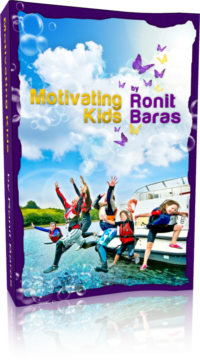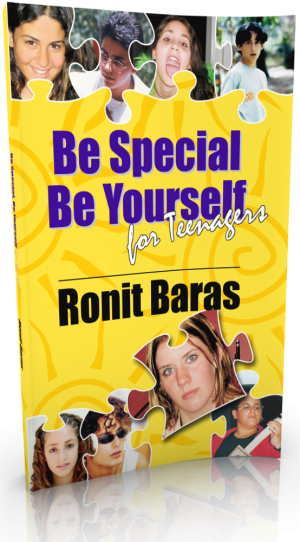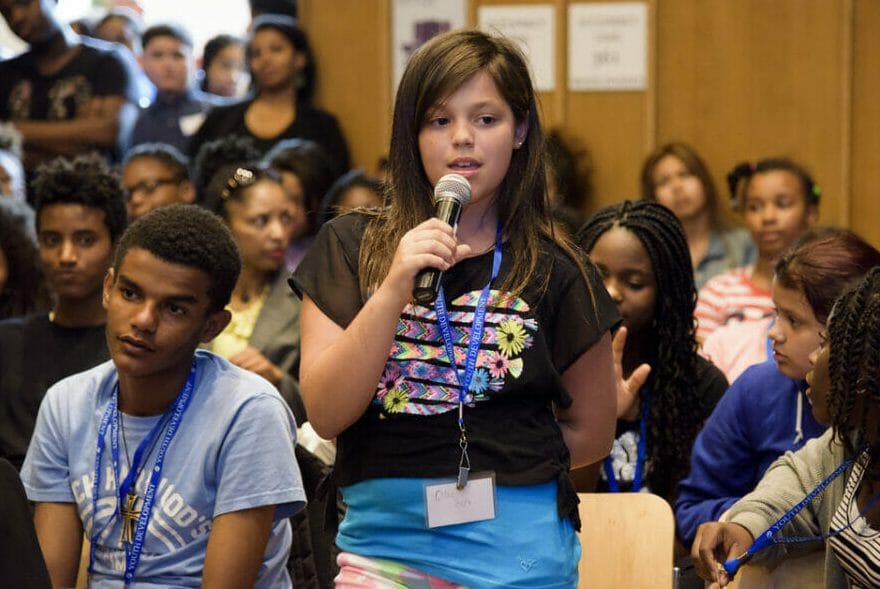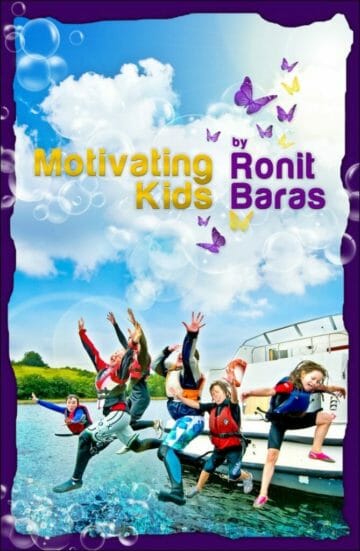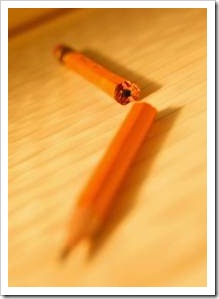 In the past few months, I wrote about why it is important for kids to be creative, what character traits they need to be creative and how to boost kids’ creativity and bring it to a form of art.
In the past few months, I wrote about why it is important for kids to be creative, what character traits they need to be creative and how to boost kids’ creativity and bring it to a form of art.
Creativity is a learned skill and can be developed at any age and under any circumstances. Parents do not need a lot of resources and most of the tips and ideas described are easy and cheap. However, they do require that parents apply their own creativity and appreciate creativity as an important component in the success and happiness of their kids.
This chapter is a summary for all those who want to keep the ideas in one place, refer to them from time to time and implement them one at a time.
- Teach kids to be curious about everything. Yes, it is a pain sometimes, but it is better to be curious than indifferent to everything around you.
- Encourage your kids to fix broken items. Fixing is a form of problem solving. If they cannot be fixed, broken items can be a great source of learning.
- Give your kids projects to do. Projects are goals and completing them requires kids to research, plan, commit and persist.
- Allow your kids to be kids and let them play as much as they want. Playing games is a great way to learn new things and build new skills.
- Post inspirational writing about creativity to help your kids think creativity is a treasure. Just browse the Internet for inspirational writing about creativity, print big and bold and post in a visible place. You are welcome to use the many quotes on this blog.
 Find objects in the clouds. Imagination is a key ingredient in creativity.
Find objects in the clouds. Imagination is a key ingredient in creativity.- Encourage your kids to be creative about failure. Make sure they understand that trying and trying again is a formula for success.
- Encourage your kids to have a treasure box, collect things that interest them and play imaginary games with them. Join in their games too.
- Play with your kids the “What if?” game to boost imagination.
- Explore art as a way to develop creativity. Any form of art will do the trick.
- Teach your kids planning by using questions. Remind them to ask who, what, why, when and how.
- Encourage your kids’ sense of humor. Creativity and sense of humor go together. Tell jokes and watch funny movies with your kids.
- Play the “white page” activity. Find 100 things to do with a white page.
- Encourage recycling art. Recycling art requires the ability to see other usages for common things.
- Encourage interest in science fiction and fantasy. Watch science and fantasy movies and bring home fantasy and science fiction books.
- Use quiz books (word search, Sudoku and other quiz games) to develop your kids’ problem solving skills.
 Use puzzles with more and more pieces.
Use puzzles with more and more pieces.- Encourage your kids to read inventors’ biographies. Learning about creative people can be very inspiring.
- Play dictionary games.
- Allow your kids to experiment with your digital camera.
- Encourage your kids to make music. Let them make noise until it becomes music.
The theory behind raising successful and creative kids is that it requires creative parents with all the character traits they want their kids to have.
If you want to make this goal of raising creative kids manageable, read Creative Kids (1) and examine all the character traits described. Tick the character traits you think you possess as a parent. The ticked items are probably going to be easier for you to teach your kids and can get you some of the way there with less effort and more fun.
 Look at the traits you do not have and ask yourself what you can do as a parent to develop those abilities? Ask and the answers will come. If you develop those traits and they become part of you, it will be easier for you to teach them to your kids.
Look at the traits you do not have and ask yourself what you can do as a parent to develop those abilities? Ask and the answers will come. If you develop those traits and they become part of you, it will be easier for you to teach them to your kids.
Many times, a combination of both parents can do the trick. If Mom has some of the traits and Dad has others, it will be enough to encourage kids to adopt them all. I can recognize traits that I naturally have and others that I am very lucky Gal naturally has and I can see each of those in our kids.
Remember
Creative parents raise creative kids
Happy and creative parenting,
Ronit
 Find objects in the clouds. Imagination is a key ingredient in creativity.
Find objects in the clouds. Imagination is a key ingredient in creativity.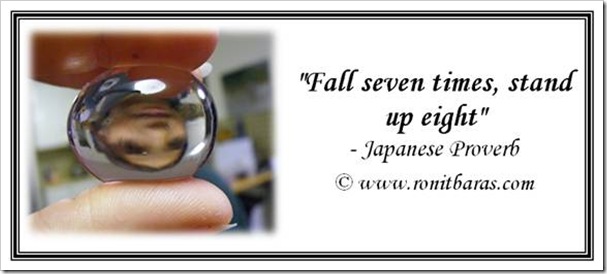 Use puzzles with more and more pieces.
Use puzzles with more and more pieces.


